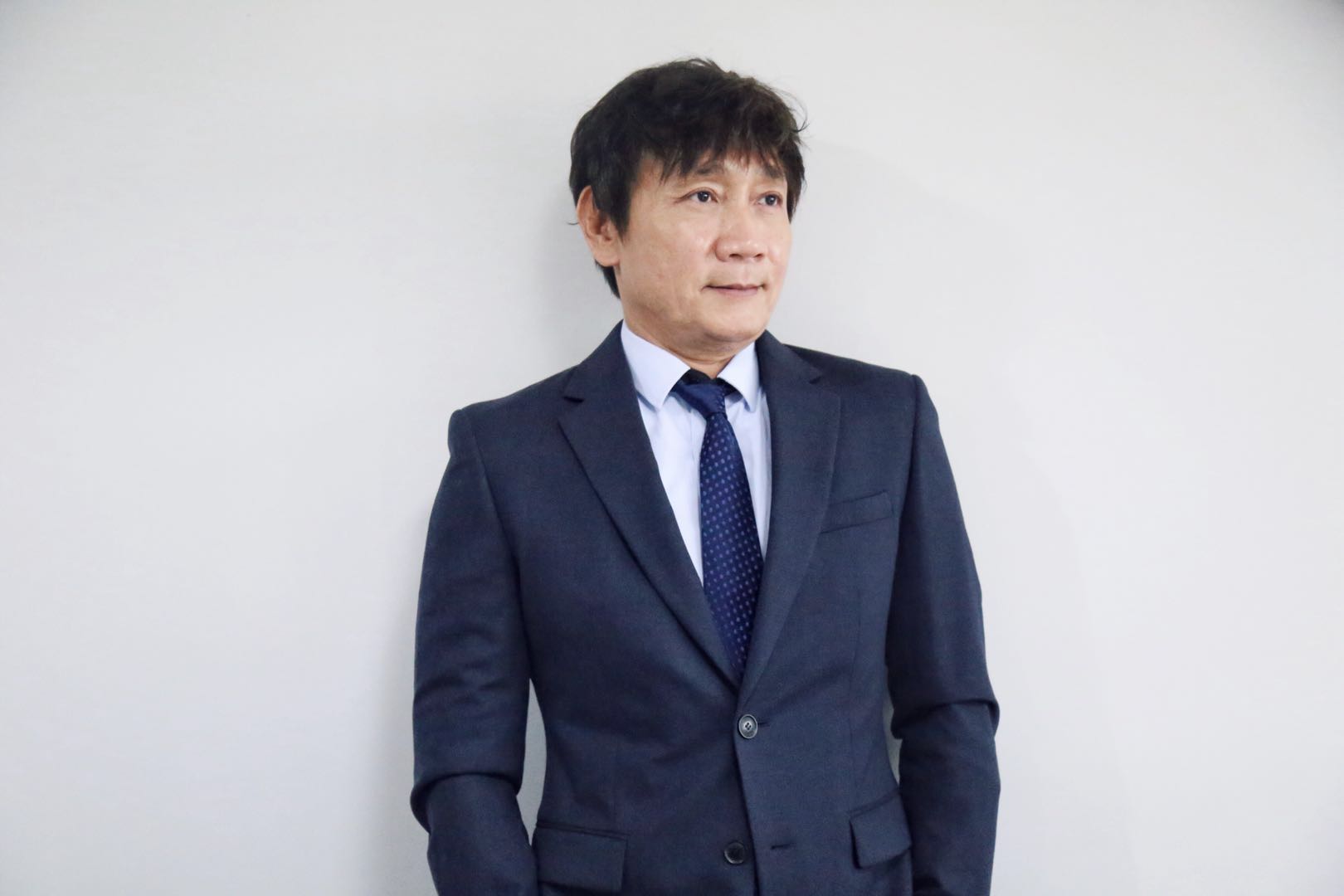Is social media bliss? To many, yes; to some, not so much, as it is another reason for a headache – especially to those with a reputation to maintain and is - sues to manage. It is not uncommon these days to frequently hear about “internet outrage” toward corporations and famous figures accused of being unfair or insensitive. Unfortunately, in many cases, responses are poorly managed. For example, fashion house Dolce & Gabbana (D&G) faced a drop in sales and significant brand damage after a huge backlash from Chinese consumers who perceived a promotional video as culturally insensitive. Condemnation later intensified when the company’s founder allegedly mocked and dismissed outraged consumer responses in private Instagram messages that were made public.

These internet outrage cases are inherently public in nature, as the wide use of social media has heightened visibility and increased scrutiny of topics and issues publicly discussed. In the past, in the face of crises, corporate communication managers would employ media advocacy to tell their company’s side of the story, specifically framed to serve their goals. Organizations with successful media relations knew to get out in front of the problem to harness public opinion. Such is not necessarily the case any longer. The rise of social media has challenged public relations and strategic communication professionals to predict, map, respond, and influence the direction of public opinion and attitudes toward organizational issues. Moreover, online publics can now keep track of how these stories are unfolding and being handled in real time, as observed in the previously mentioned D&G case. Organizations’ treatment or mistreatment of such cases and people’s reactions can be easily, quickly, and widely shared online. Such can affect a company’s reputation as well as market performance.
One would think that after years of first-hand experience and/or learning from others’ mishaps, corporations and communication professionals would know better. However, it still keeps on happening. Why?
Maybe companies do not know as much about their customers’ interests and concerns as they would like to think. Or perhaps there is a gap between what decision-makers think is okay and what is actually acceptable among consumers. What is tricky about incidents involving moral judgment, accepted norms and emotions is that people’s subjective judgment about a situation plays a crucial role in determining the magnitude of its effects. For example, some find a racial joke in commercials funny and harmless, while others may find it outrageous and utterly unacceptable. It may blow a minor event out of proportion, or it may remain subdued.
In addition, these online-born controversies often represent events in which people may have only limited knowledge as to how they occur or who, exactly, was responsible (e.g., the D&G founder engaging in controversial, damaging conversations with friends on a private Instagram account), making it distinct from the traditional notion of corporate crises. Often, how the case is presented, whether on blog posts, Reddit threads, or YouTube comments, is the only piece of information available with which people make sense of the situation.
Another interesting aspect of this phenomenon is that controversies involving corporations and prominent figures are subject to greater public scrutiny and stricter moral judgment than those of an individual (except for celebrities, prominent politicians, and those representing big corporations) or small groups. Scholars have cited a “deep pockets effect” to explain the double standard. People hold corporations and organizations to a higher moral standard because they are considered to have more means: collective knowledge and wisdom, social power, and financial resources to foresee and address the consequences of misbehavior. Therefore, regarding identical misdeeds, people would view corporations as more reckless, unethical and deserving of more severe punishment.

Upon learning of corporate controversies which deviate from social norms or one’s personally held expectations about behavior, people make cognitive efforts to address the psychological uneasiness that comes from this incongruity. For example, individuals try to make sense of how and why the event has shaped up to be the way it is. They ask themselves “what if” questions. They imagine different courses of action and alternative scenarios, then compare them with what actually happened. People ask themselves what organizations would, could, and should have done to prevent such an undesirable event from occurring or how it could have been handled differently, engaging in a sense-making process called counterfactual thinking. The more that people believe that the one who violated expectations would, could, and should have acted differently (because people would like to think that corporations and the “big guys” have a greater capability and social power to wield), the more likely, and to a greater extent, they are to judge the act unfair, maddening, and deserving of reprimand or worse. This thinking process then motivates people to voice their opinions as well as urge others to join them in punishing the offenders, because people expect corporations and prominent figures to know better.
Today, few would argue that strategic crisis communication management is as important as ever, but corporations and decision makers would be better off if they exercised caution and sensitivity to emerging communication risks. Professional communicators need to understand what sparks controversy, and the potential damage to corporate reputation and performance it may cause, as a prevention approach for a more coherent, proactive, and effective corporate communication plan.
By Soojin Roh


















